Yakisoba (焼きそば) is Japan’s crowd-pleasing stir-fried noodle dish—springy wheat noodles tossed on a hot teppan (鉄板, griddle) or in a well-heated wok with crisp cabbage (キャベツ), sweet onions, carrots, and thinly sliced pork belly (豚バラ), all finished with a tangy-savory sauce. In this comprehensive guide, you’ll learn what yakisoba is, how to make it step-by-step, essential techniques for perfect texture and “char,” smart substitutions, regional varieties, and answers to common questions—so you can cook an authentic, irresistible plate at home.
What Is Yakisoba?
Despite its name—“soba” often means buckwheat noodles—yakisoba uses wheat-based Chinese-style noodles called chūka men (中華麺). The word yaki (焼き) means “grilled/fried,” referring to the high-heat stir-fry that gives yakisoba its signature roasted flavor and light smoky aroma.
Yakisoba has deep cultural roots in Japan’s post-war street-food scene. Today, it’s a fixture at summer festivals (matsuri, 祭り) and a beloved home dish—quick to cook, endlessly adaptable, and deeply satisfying.
Ingredients & Variations
Core Ingredients
- Noodles: Pre-boiled yakisoba noodle packs (often sold refrigerated) are ideal. If unavailable, use fresh or par-cooked ramen-style wheat noodles. (Avoid buckwheat soba for the classic texture.)
- Vegetables: Cabbage, onions, carrots, and optional bean sprouts for crunch. Shiitake mushrooms (椎茸) add umami.
- Protein: Thinly sliced pork belly is a traditional choice. Chicken, shrimp, or calamari are excellent options; tofu works well for vegetarian yakisoba.
- Sauce: A thick, Worcestershire-style base (see “Yakisoba Sauce” below) that’s savory-sweet, tangy, and umami-rich.
- Garnishes: Aonori (青のり, powdered nori seaweed), beni shōga (紅生姜, red pickled ginger), and optional Japanese mayo drizzle.

Popular Variations
- Seafood Yakisoba: Shrimp and calamari bring briny sweetness—pair with cabbage and onions, finish with aonori.
- Chicken Yakisoba: Lean, crowd-friendly, great with shiitake and a touch of oyster sauce.
- Vegetarian Yakisoba: Use firm tofu or add extra mushrooms; opt for a vegetarian Worcestershire sauce (some brands contain anchovies).
- Shirataki Yakisoba: For low-carb needs, use shirataki noodles (しらたき). Rinse and dry well; expect a lighter, springier bite.
- Pre-Boiled Packs: Brands like Myojo (明星) or Maruchan (マルちゃん) offer convenient pre-boiled packs that deliver the right chew.
Ingredient Sourcing Tips
- Choose dense, fresh cabbage for sweet crunch.
- Look for Japanese chūno sōsu (中濃ソース, “medium-thick” sauce) or tonkatsu/okonomiyaki sauces as a base.
- Keep beni shōga and aonori on hand—they define the finish.
Yakisoba Sauce: Components, Brands & a Reliable Homemade Formula
Yakisoba’s soul is its sauce: glossy, clingy, and layered with tang, sweetness, and deep umami. You can buy bottled sauces (Otafuku is a popular brand), or mix your own in minutes.
Typical Components
- Worcestershire sauce (ウスターソース) or chūno sauce (中濃ソース)
- Tonkatsu/okonomiyaki sauce (for body and sweetness)
- Soy sauce (醤油) and optional oyster sauce for umami
- Ketchup (or a touch of hoisin) for gentle acidity and sheen
- Mirin (味醂) or sugar to balance
Homemade Yakisoba Sauce (1–2 servings)
- 2 Tbsp tonkatsu/okonomiyaki sauce
- 1 Tbsp Worcestershire or chūno sauce
- 1 Tbsp ketchup
- 1 tsp soy sauce
- 1 tsp mirin (or 1/2 tsp sugar)
- Optional: 1/2 tsp oyster sauce for extra depth
Whisk to combine. Taste and adjust: more Worcestershire for tang, more ketchup for sweetness, a few drops of soy for savoriness. For vegetarian versions, use a vegetarian Worcestershire sauce and omit the oyster sauce.
How to Make Yakisoba (Step-by-Step)
Before You Start
- Preheat your pan: medium-high until thoroughly hot. High-thermal-mass cookware (thick griddle/steel pan) ensures a good sear.
- Prep all ingredients and measure the sauce; stir-fries move fast.
- Loosen noodles: If using pre-boiled packs, separate by sprinkling with a little warm water or briefly microwaving (10–20 seconds) to loosen.
Ingredients (2 servings)
- 2 packs pre-boiled yakisoba noodles (about 300–360 g total)
- 150 g thinly sliced pork belly (or chicken/shrimp/tofu)
- 2 cups chopped cabbage
- 1/2 onion, sliced thin; 1/2 carrot, matchsticks
- 1 cup bean sprouts (optional)
- 2–3 Tbsp neutral oil
- 4–5 Tbsp yakisoba sauce (from above)
- Aonori and beni shōga for garnish
- Optional: fried egg (目玉焼き) per serving, Japanese mayo
Method
- Heat & Sear Protein: Add 1 Tbsp oil to the hot pan. Lay the pork belly in a single layer, allowing it to come into contact with the surface to develop a light char. Stir-fry until just cooked; then push the mixture to one side.
- Vegetables: Add another splash of oil. Stir-fry onions and carrots until aromatic, then add cabbage. Season with a pinch of salt. Cook until the cabbage begins to wilt but remains crisp.
- Noodles: Add noodles to the clear hot spot on the pan. Let them sit 15–30 seconds to sear, then toss with the pork and vegetables. If clumped, sprinkle 1–2 tsp of water to loosen—avoid excess, as the noodles will steam.
- Sauce: Pour sauce evenly around the pan’s perimeter so it sizzles on contact. Toss quickly to coat. Let it bubble for a few seconds to glaze the noodles.
- Finish: Fold in bean sprouts (if using) just to heat through. Plate immediately. Garnish with aonori and a tuft of beni shōga. Add a fried egg and a fine zig-zag of mayo if you like.
Make-Ahead Instructions
- Chop vegetables and mix the sauce up to 24 hours in advance; refrigerate.
- Cook to order for the best texture. If you must cook ahead, undercook the noodles slightly; re-fry 1–2 minutes over high heat before serving.
Cooking Tips & Techniques
Cookware & Heat
- Griddle/Teppan: Ideal for authentic char and large portions.
- Wok/Heavy Frying Pan: At home, a carbon-steel wok or thick non-stick frying pan delivers great results.
- Preheating: Always. A cold pan = soggy noodles. Aim for audible sizzle on contact.
Texture Rules
- Let some noodles kiss the hot surface to develop toasty, roasted flavor.
- Stir in deliberate motions—don’t mash. You want springy strands, not mush.
- Don’t overcrowd. Cook in batches if necessary to maintain heat.
Flavor Builders
- Char: A little browning = complexity. Too much = bitterness, so balance.
- Timing: Add sauce only after noodles have warmed and separated; it should cling, not pool.
- Aromatics: Finish with a light drizzle of sesame oil or a pinch of shredded ginger (刻み生姜) off the heat for lift.
Toppings That Sing
- Aonori: Oceanic savor; sprinkle lightly for aroma.
- Beni shōga: Sharp, pickled counterpoint to the sauce’s sweetness.
- Fried egg: The runny yolk becomes a luxurious sauce—classic street-stall flair.
Yakisoba Varieties & Related Dishes
- Ankake Yakisoba (あんかけ焼きそば): Fried noodles topped with a glossy, thickened seafood-vegetable sauce (notably popular in Hokkaidō).
- Yaki Udon (焼きうどん): Stir-fried udon (うどん) with a soy-mirin-forward seasoning; chewier, thicker noodles.
- Yakisoba Pan (焼きそばパン): Yakisoba stuffed in a soft roll—a nostalgic school-canteen and convenience-store staple.
- Sara Udon (皿うどん): Nagasaki specialty with crispy noodles under a rich seafood-vegetable sauce—different but often cross-referenced with yakisoba.
- Comparisons: Not ramen (no soup), not miso ramen (味噌ラーメン), and not soba noodle salad; yakisoba’s identity is the stir-fry and sauce.
Troubleshooting & Frequently Asked Questions
1) My noodles turned soggy. What went wrong?
It's likely due to either low heat or excessive water. Preheat thoroughly, avoid overcrowding, and add only teaspoons of water to loosen. Use a high-thermal-mass pan or griddle.
2) Can I make vegetarian yakisoba?
Absolutely. Use tofu or mushrooms for protein. Choose vegetarian Worcestershire sauce and omit oyster sauce. Finish with aonori and beni shōga as usual.
3) What noodles should I buy if I can’t find “yakisoba” noodles?
Look for fresh ramen-style wheat noodles or pre-boiled packs from brands like Myojo or Maruchan. Buckwheat soba will change the texture and isn’t traditional.
4) Can I use a non-stick frying pan?
Yes—choose one with a thick base for better heat retention. Preheat well and avoid metal utensils.
5) Is yakisoba sweet?
It’s balanced, with a savory flavor and a gentle sweetness and tang from the sauce. If yours is too sweet, add a splash of soy or Worcestershire; if too tangy, add a pinch of sugar or a little ketchup.
6) How do I add seafood?
Sear shrimp or calamari first until just opaque, then remove. Cook the vegetables and noodles, and return the seafood when adding the sauce to prevent overcooking.
7) Can I make yakisoba ahead?
Prep the sauce and vegetables in advance. Cook to order for the best texture. For leftovers, re-fry quickly in a hot pan to revive the char—this is better than microwaving.
8) What are the nutrition facts like?
Calories vary depending on the type of oil and portion size. To lighten: use more vegetables, lean proteins, and a moderate amount of sauce. Note common allergens: wheat, soy, and fish (if using non-vegetarian Worcestershire or oyster sauce).
Quick Takeaways
- Wheat noodles, not buckwheat: Yakisoba’s chew comes from chūka men.
- Heat is everything: Preheat and avoid overcrowding to get char and roasted flavor.
- Sauce at the right time: Add after noodles loosen and warm so it clings, not sogs.
- Cabbage matters: Sweet crunch is central to flavor, texture, and balance.
- Finish properly: Aonori + beni shōga + (optional) fried egg delivers signature aroma and richness.
Serve with Japanese Craft
For generations, artisans across Japan have elevated everyday meals with thoughtful tools and tableware. Serve your yakisoba on handcrafted ceramics or pair it with a classic sauce dish for beni shōga—subtle details that enhance the experience. Discover our curated collection at MyJapaneseWorld.com, where authentic craftsmanship comes to your table.
References
- Just One Cookbook – Yakisoba
- Wikipedia – Yakisoba
- Otafuku Foods – Recipes & Sauce Information
- NHK World – Food & Culture








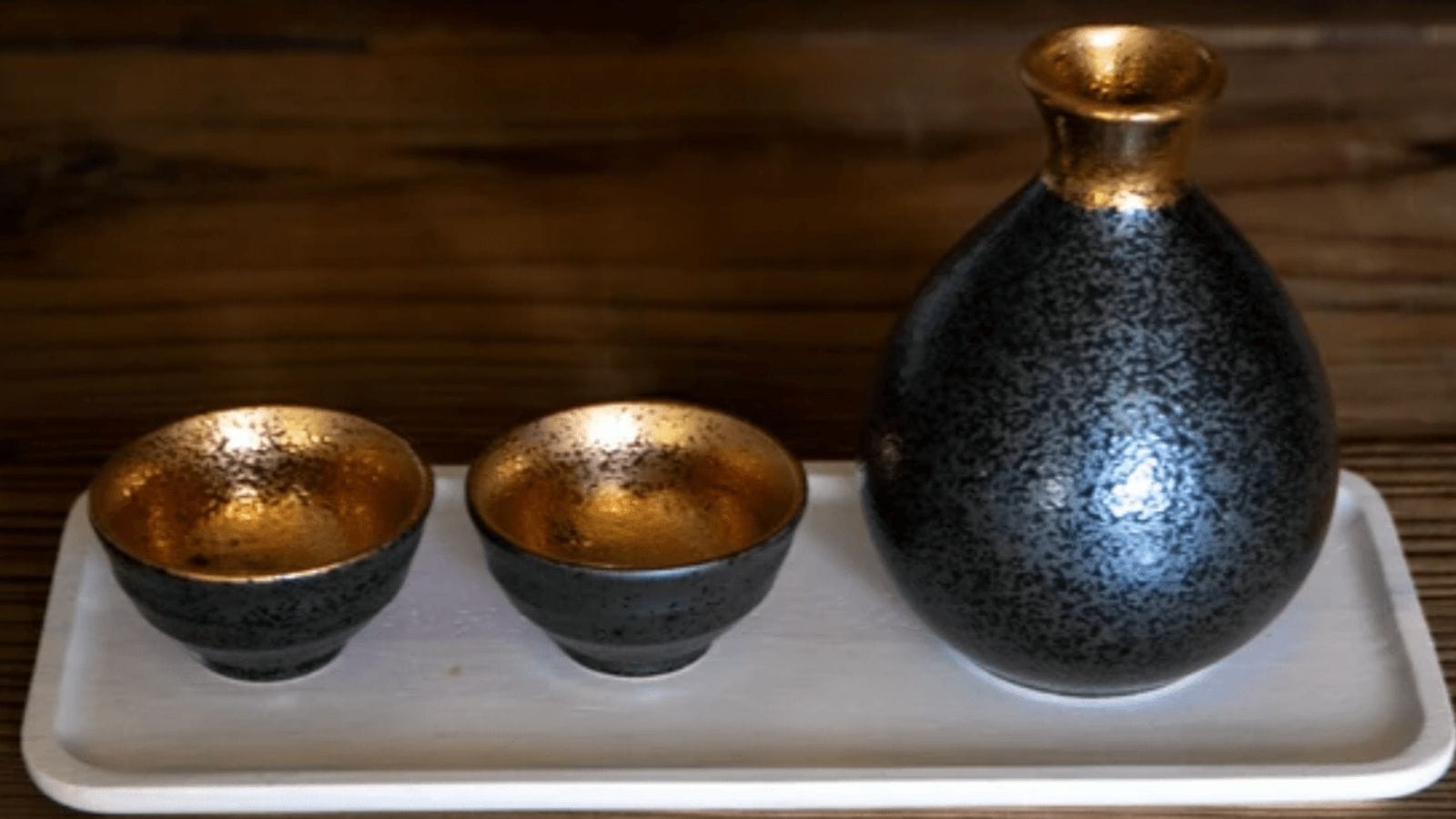
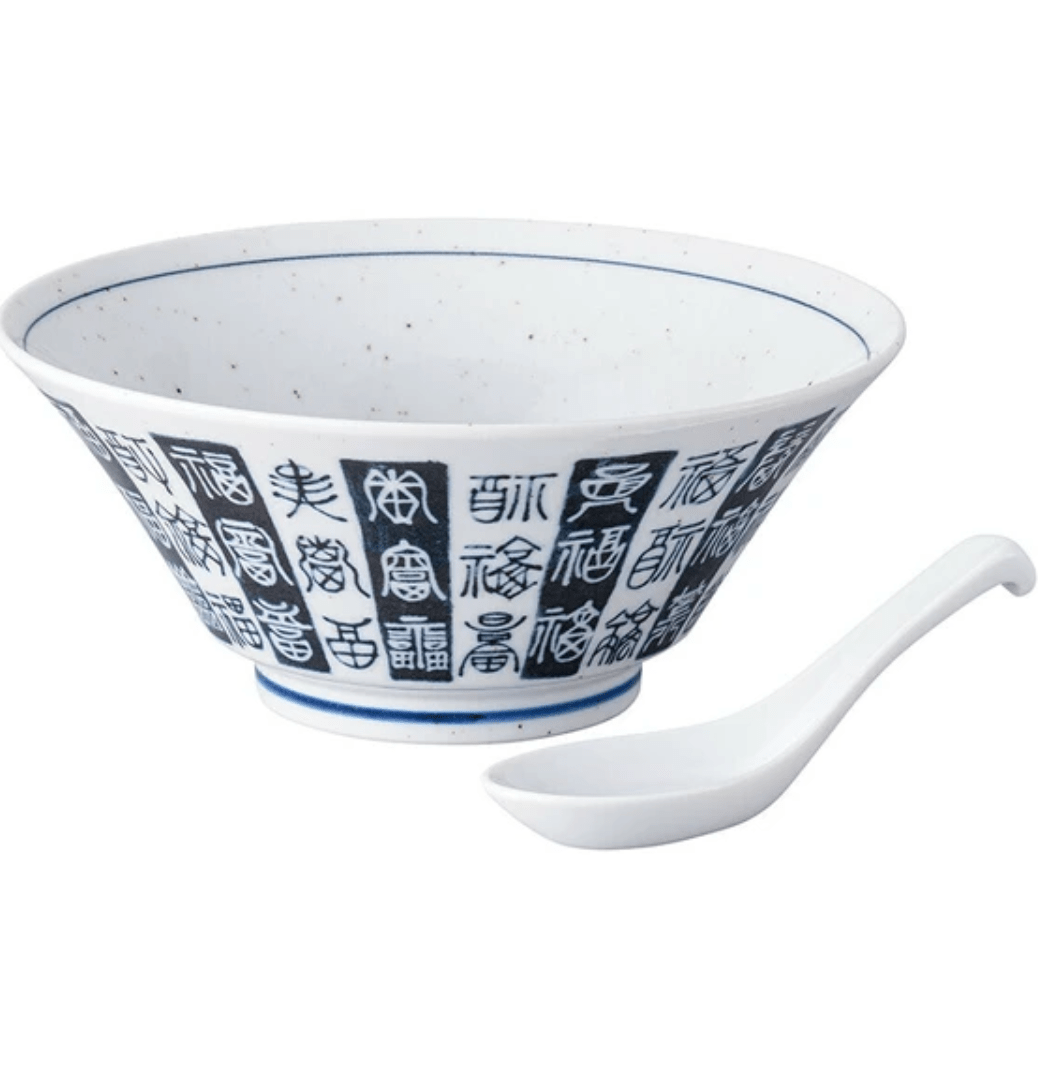
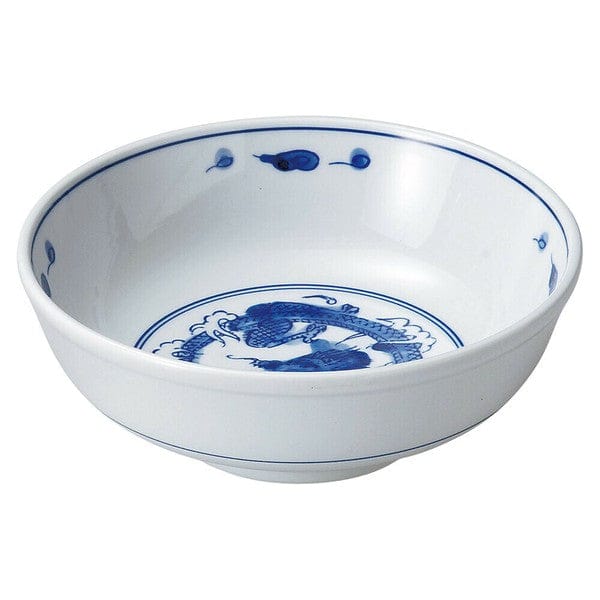
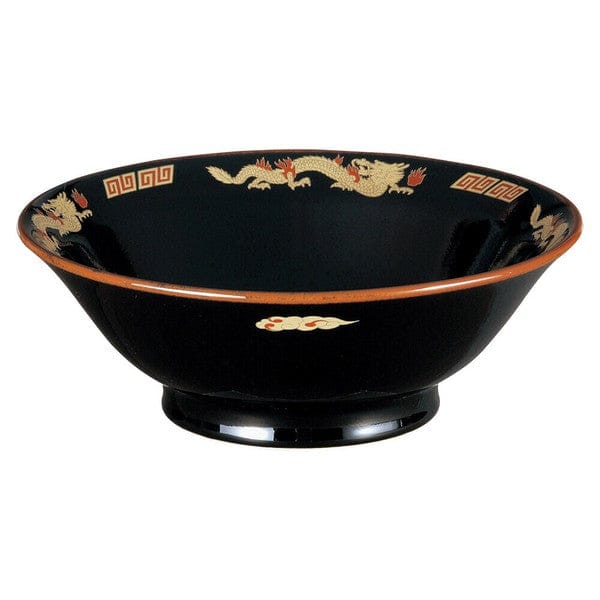
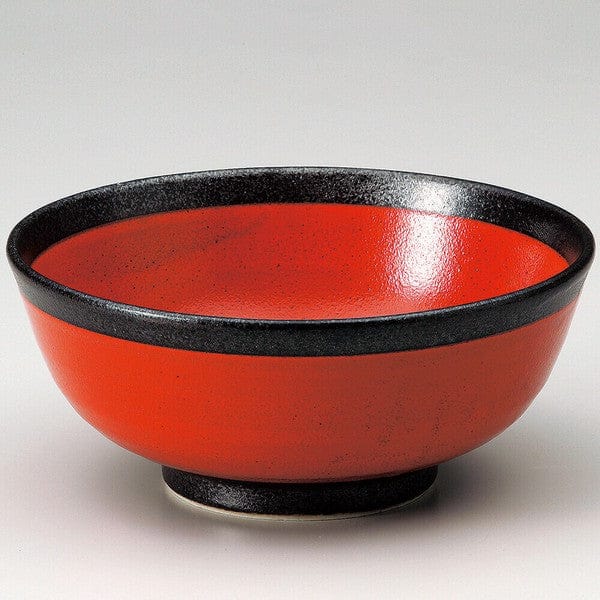
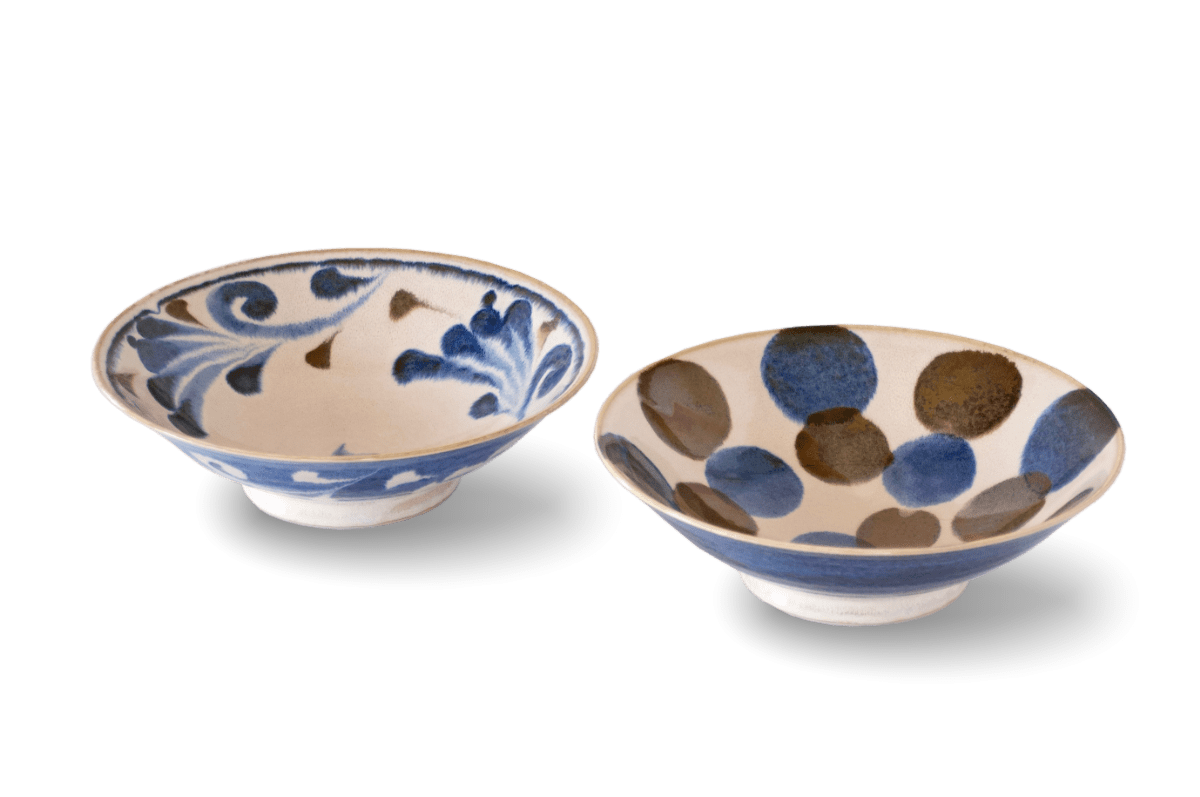
Share: